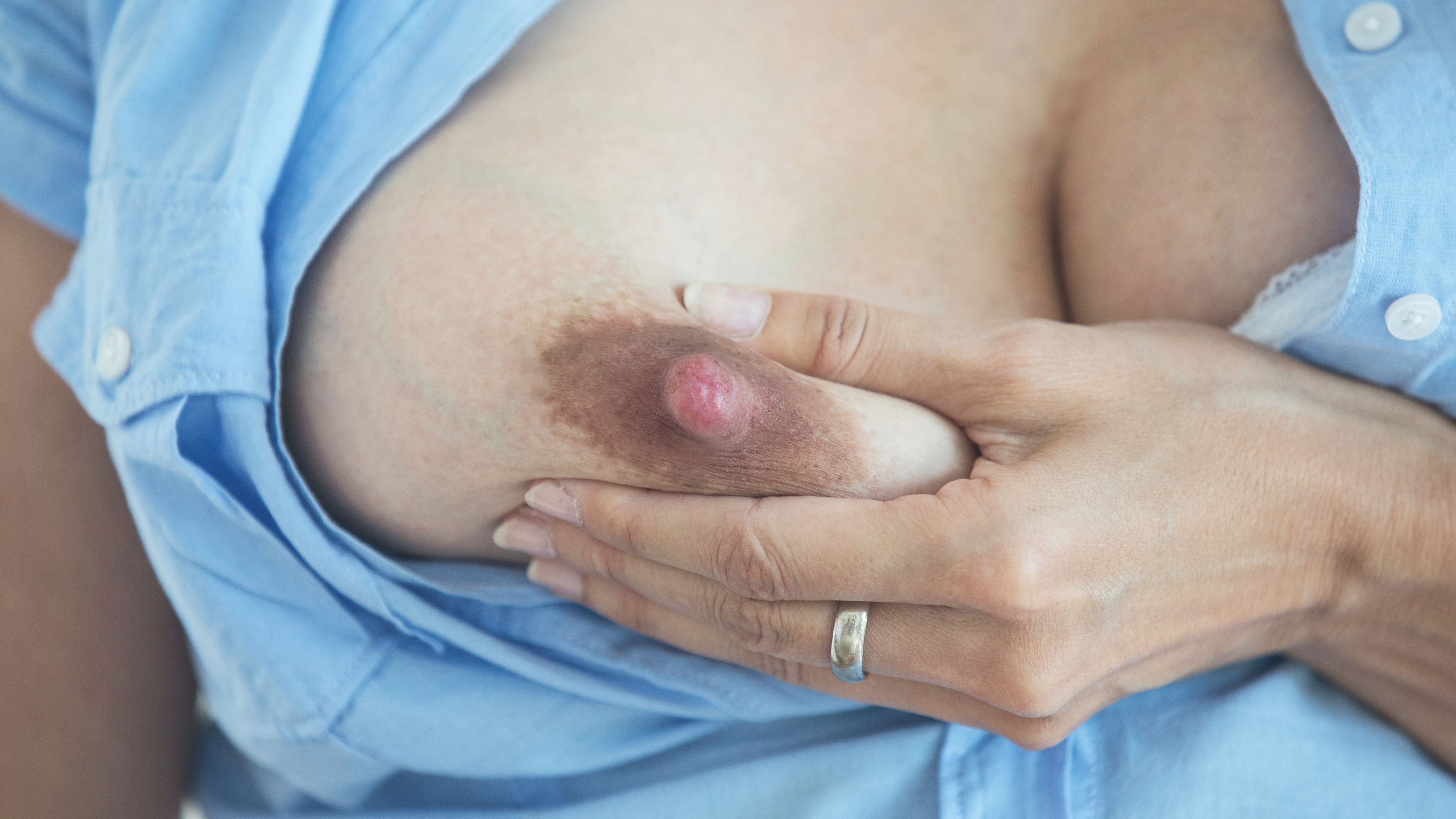Successful breastfeeding
Baby’s hunger signs
Every newborn baby is a separate individual with her own sleep-wake rhythm. When babies feed, and for how long, also varies. If you spend a lot of time with your baby – if you room in with her, for instance – you will soon get to know her and learn to understand her language. You can watch for the first signs of hunger and breastfeed your baby according to her needs.
- Licking the lips
- Lip-smacking noises
- Sucking and searching movements
- Sucking on the fingers / hand
- Stretching out the tongue
- Restlessness
- Crying is a late sign; latching on then is often harder
Latching baby on
You can place your baby in different positions for a feed. You can let your baby find the breast herself (intuitive breastfeeding) or you can actively help her to latch on. The intuitive approach makes use of the baby’s natural reflexes. She moves towards the breast and latches on herself.
Intuitive breastfeeding / belly-to-belly feeding
You sit or lie half-upright with your upper body comfortably supported by cushions. The baby lies on her belly on your naked breast; she may be either naked or dressed.
Wait and see what she does. If she’s hungry she will start to search for the breast and latch on by herself after a few attempts. Give her time; it may help to move her a little.
Active latching baby on
If your baby is finding it difficult to take the breast, it may be helpful to actively help her to latch on.
Holding the breast:

Hold your breast with your free hand so that four fingers are underneath and supporting it well. Place your thumb above the areola.
If the breast is very full and your baby is finding it hard to fit enough breast tissue into her mouth, it may be helpful to push the skin forwards slightly. This makes the areola more elastic and enables the baby to latch on more easily.
Latching your baby on

Position your baby so that your nipple is pointing towards her nose. Her head is tipped back slightly. Her chin and lower lip are touching your breast.
Your nipple touches her upper lip. This causes the baby to open her mouth wide.
When her mouth is wide open, bring the baby quickly but gently to your breast. The nipple and most of the areola should be in the baby’s mouth. Her upper and lower lips are pushed out and her chin and the tip of her nose are touching your breast.
If you feel intense pain at the start of the feed it means your baby is not in the ideal position. Release her from the breast with your finger and start again.
Gentle release from the breast
Before you remove your baby from the breast, you need to break the vacuum. You can do this by gently pushing one finger in between the breast and the corner of the baby’s mouth. If the baby has had enough she will usually release the breast of her own accord.
Duration of a feed
How long a feed lasts depends on your baby’s age and temperament. It can vary from just a few minutes up to 20 minutes per breast. Offer your baby both breasts. If she has had enough after one breast, start the next feed by giving her the other one. Be aware of the swallowing noises your baby makes and the intensity with which she sucks. Short rapid movements at the beginning start the milk flowing and slower, more intense sucking with swallowing noises indicates that your baby is receiving breast milk. When they are 2 to 4 months old, babies suck more efficiently and the individual feeds become shorter.
Breastfeeding rhythm
The breastfeeding rhythm keeps on changing as the baby develops; sometimes she wants to be fed more often and sometimes less often.
It is normal for your baby to want to be fed 8 to 12 times within 24 hours from the first day onwards. In the first few weeks of life this means breastfeeding at night as well. In this period there are phases, especially during the evening, in which your baby wants to be fed hourly (cluster feeding). This is absolutely normal. Her feeding rhythm also speeds up during growth spurts. After a few days your breasts and their milk supply will adjust to the increased demand.

